Second Impact Syndrome Treatment
Second impact syndrome treatment. Second impact syndrome SIS or repetitive head injury syndrome describes a condition in which individual experiences a second head injury before complete recovery from an initial head injury. This report describes two cases of second impact syndrome and presents recommendations developed by the American Academy of Neurology to prevent recurrent brain injuries in sports and their adverse. Recently SIS has gained increased attention as many cite athletes sustaining a concussion and returning to the sport early as being particularly at risk.
The main effort is to limit the severe increase in intracranial hypertension. For this reason young adults and teens should be watched closely for signs of injury following any blow to the head even a mild. Second impact syndrome can be prevented by keeping athletes from returning to play until the first brain injury has healed.
Unfortunately treatment for second impact syndrome is limited and requires hospitalization with neurosurgical management. The management of second impact syndrome starts with prompt recognition of a sports-related concussion and protecting the athlete until they recover from the initial injury. The management of the condition starts with prompt recognition of a sports-related concussion and protecting the athlete until they recover from the initial injury.
Second Impact Syndrome Forensic Science Newsletter William A. Neither impact has to be severe for second impact syndrome to occur. Second impact injury can result within a matter of days or weeks or it can occur in the same game or competition if the athlete isnt removed and treated after the first concussion.
The management of second impact syndrome is limited due to the limited understanding of the condition paucity of research and the controversial nature of the condition. Treatment Second impact syndrome requires immediate medical and sometimes surgical treatment. The syndrome is rare in the overall population but more common in male teenage athletes.
Symptoms usually occur immediately following the second impact and progress rapidly. The latter phenomenon termed second impact syndrome has been reported more frequently since it was first characterized in 1984 6-8. Recently however the scientific evidence behind that definition of second impact syndrome has been criticized.
The current treatment guidelines consist of relative rest both cognitive and physical and then a. Any chance of successfully treating SIS involves immediate recognition of the injury and administration of osmotic medications in addition to induced hyperventilation to lower intracranial pressure.
The syndrome is rare in the overall population but more common in male teenage athletes.
The management of second impact syndrome is limited due to the limited understanding of the condition paucity of research and the controversial nature of the condition. Any chance of successfully treating SIS involves immediate recognition of the injury and administration of osmotic medications in addition to induced hyperventilation to lower intracranial pressure. So-called second impact syndrome was first described as the phenomenon of sudden death from rapidly progressing brain swelling due to a second concussion sustained soon after a first one. The management of the condition starts with prompt recognition of a sports-related concussion and protecting the athlete until they recover from the initial injury. The management of second impact syndrome is limited due to the limited understanding of the condition paucity of research and the controversial nature of the condition. Since the onset of second-impact syndrome is so rapid additional surgery does not help and most of the damage is irreversible. Neither impact has to be severe for second impact syndrome to occur. Treatment Second impact syndrome requires immediate medical and sometimes surgical treatment. The main effort is to limit the severe increase in intracranial hypertension.
Since the onset of second-impact syndrome is so rapid additional surgery does not help and most of the damage is irreversible. So-called second impact syndrome was first described as the phenomenon of sudden death from rapidly progressing brain swelling due to a second concussion sustained soon after a first one. Second impact syndrome can be prevented by keeping athletes from returning to play until the first brain injury has healed. Any chance of successfully treating SIS involves immediate recognition of the injury and administration of osmotic medications in addition to induced hyperventilation to lower intracranial pressure. Second Impact Syndrome Forensic Science Newsletter William A. This report describes two cases of second impact syndrome and presents recommendations developed by the American Academy of Neurology to prevent recurrent brain injuries in sports and their adverse. The main effort is to limit the severe increase in intracranial hypertension.
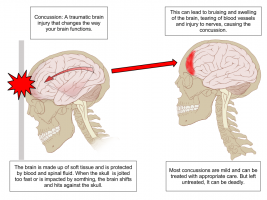
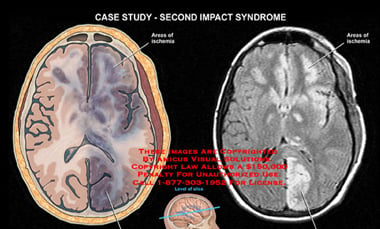
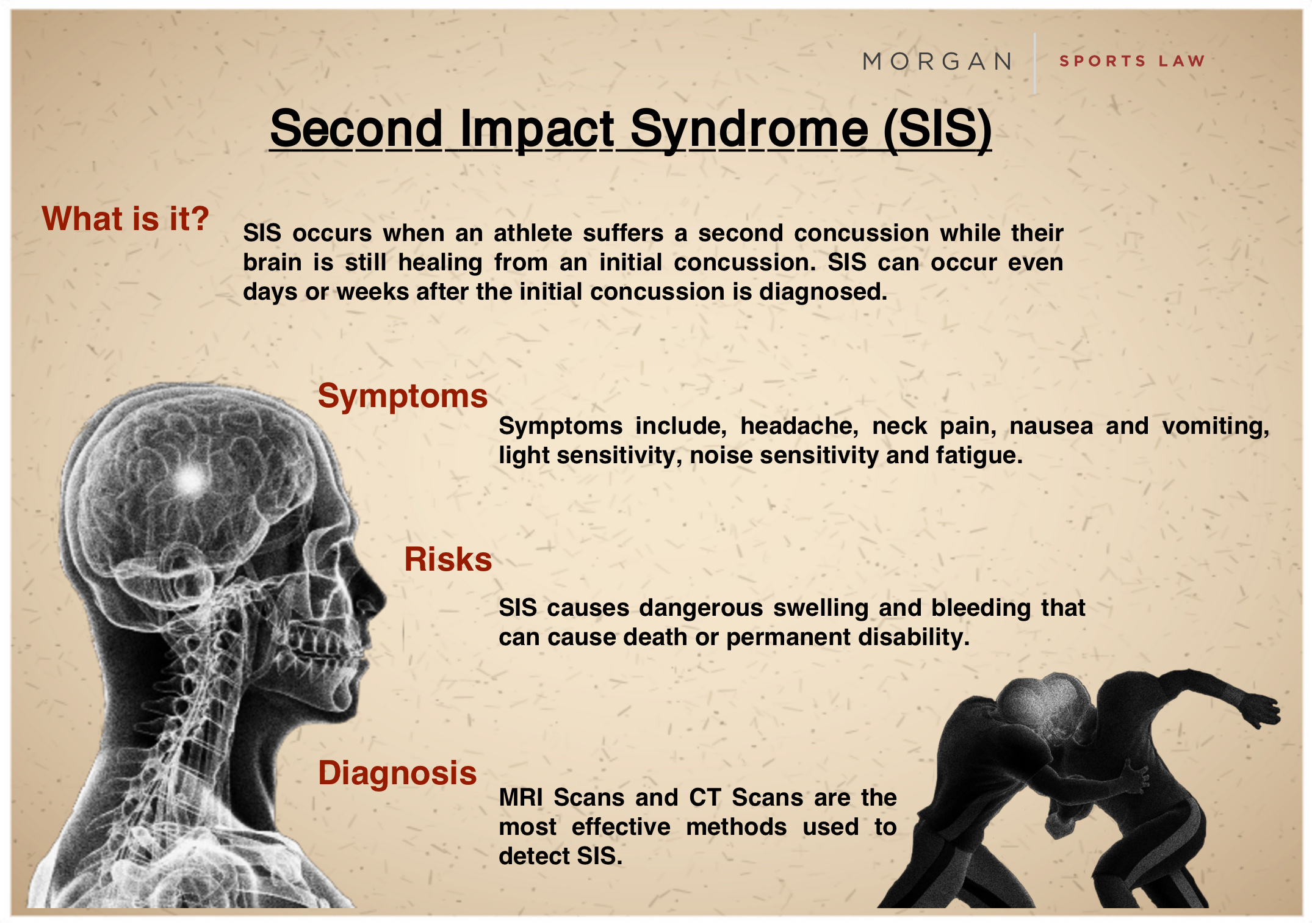


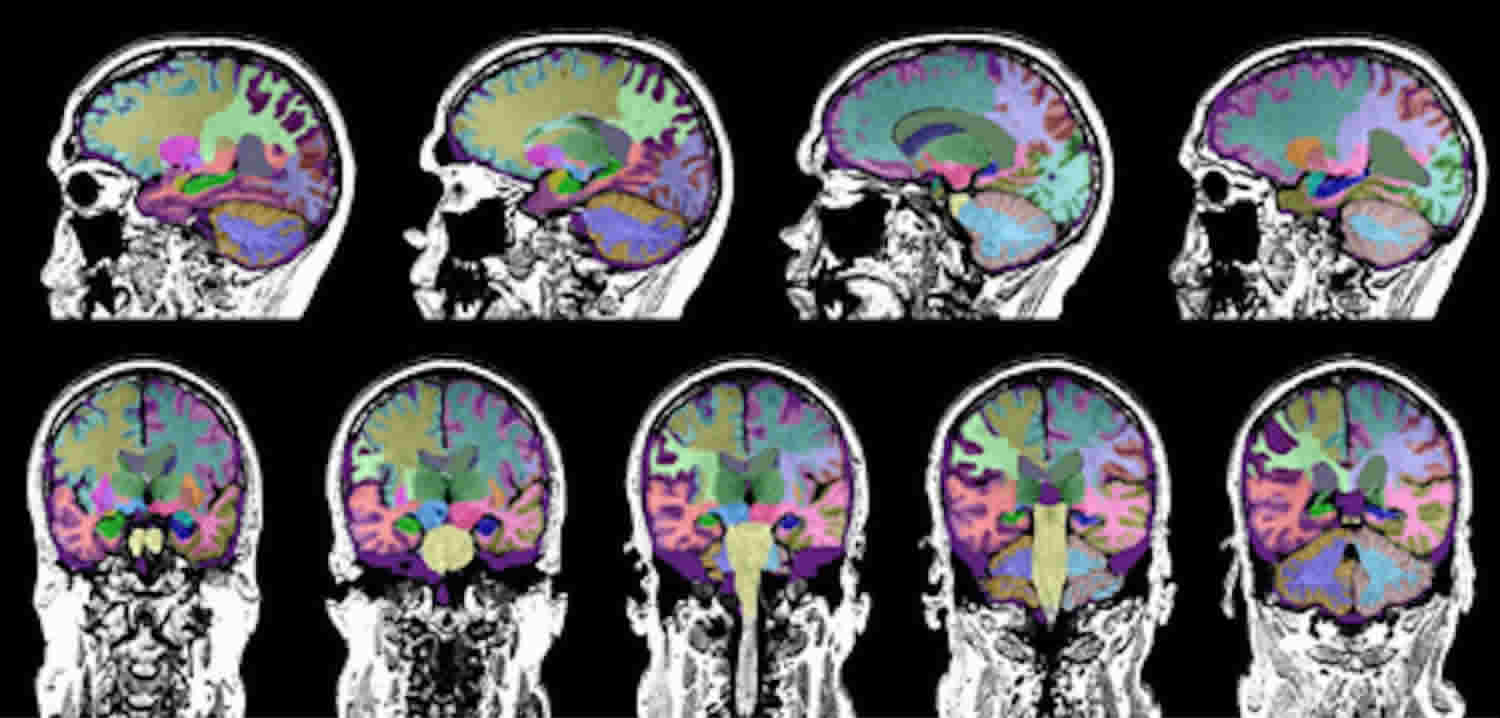


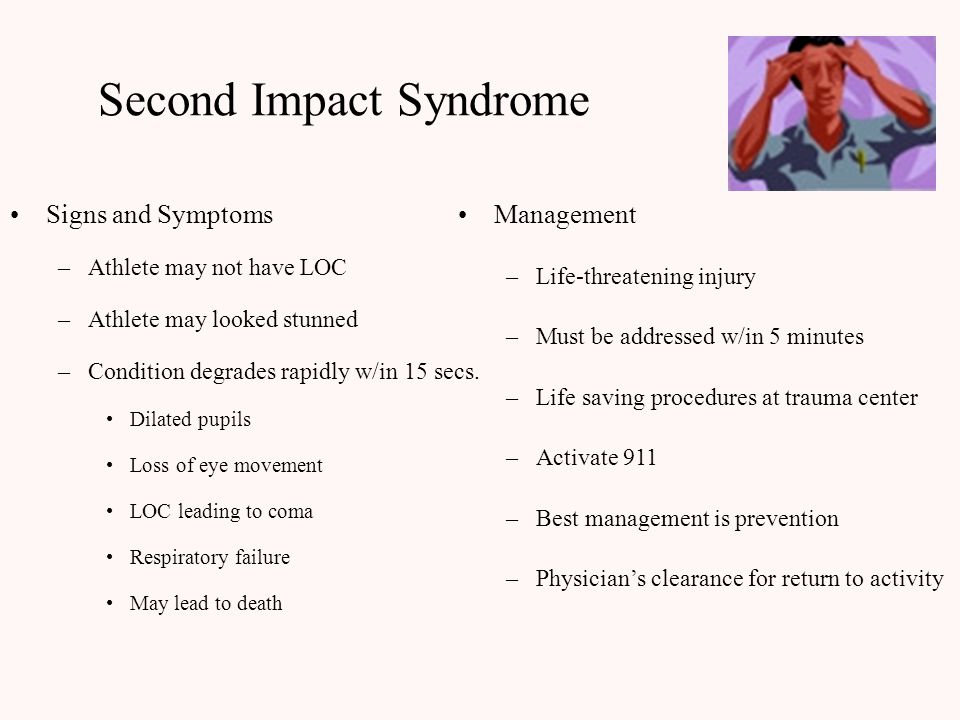
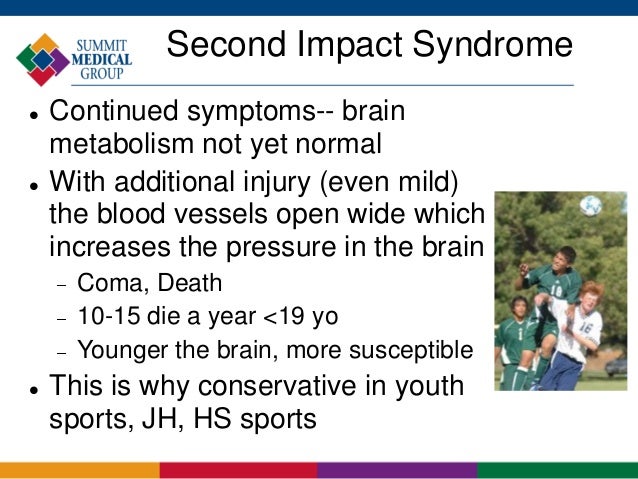
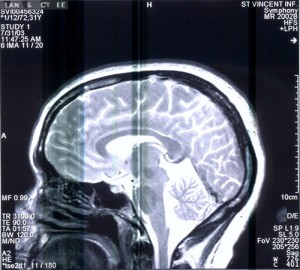

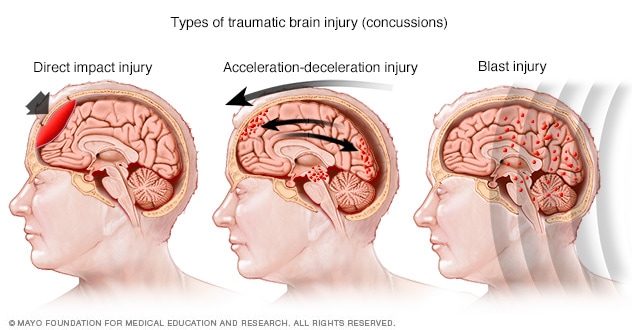

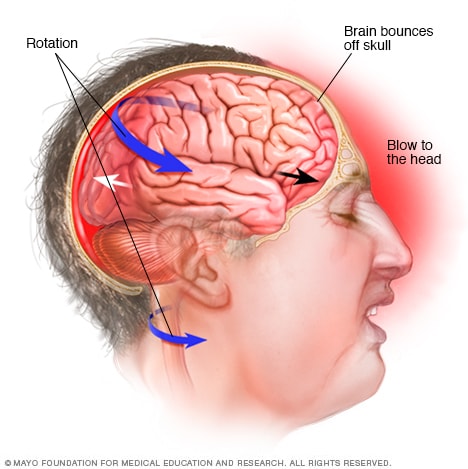

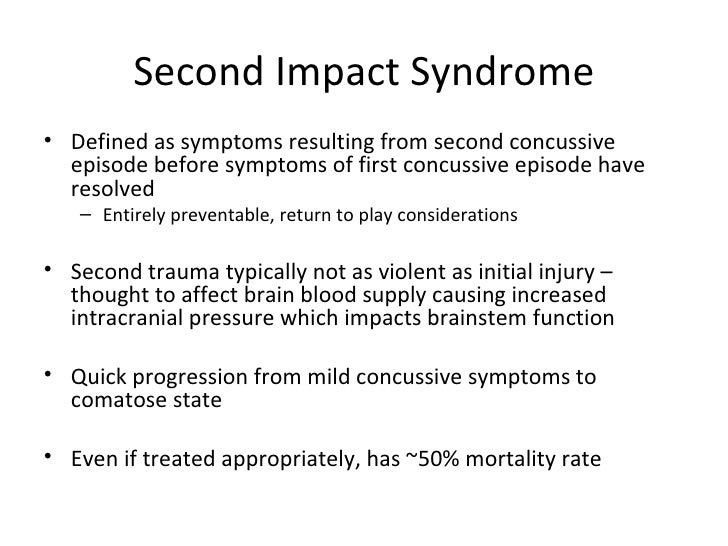

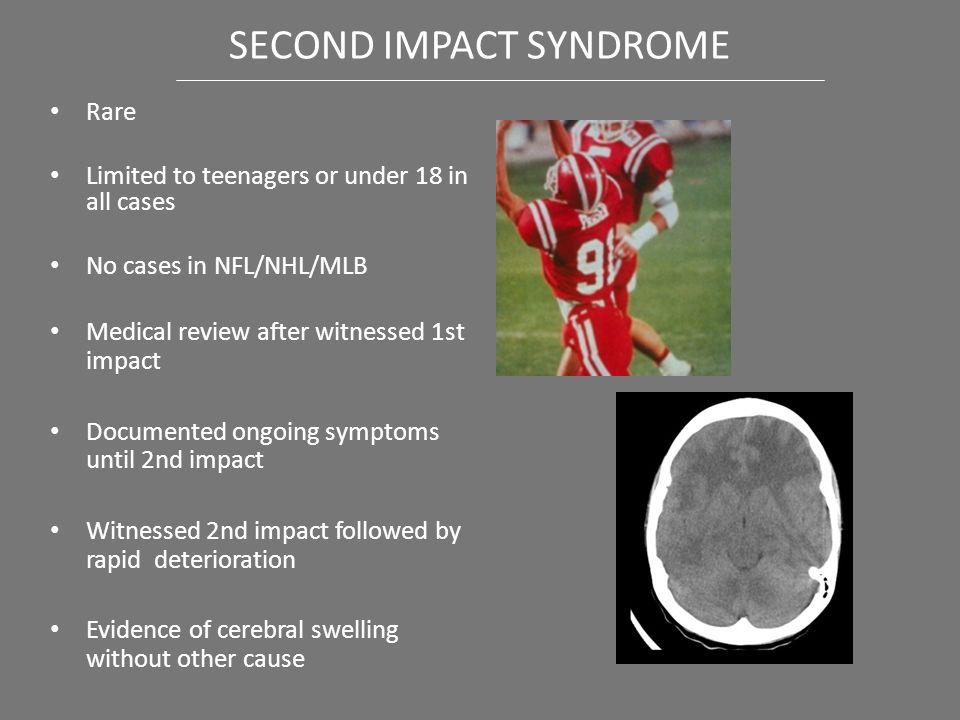


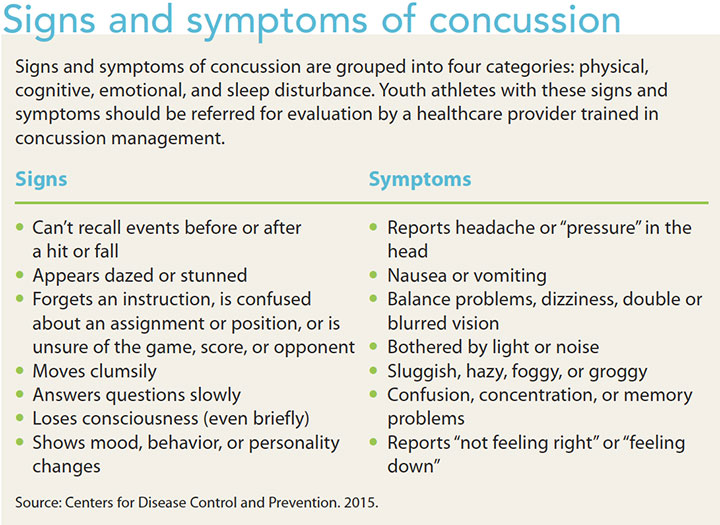
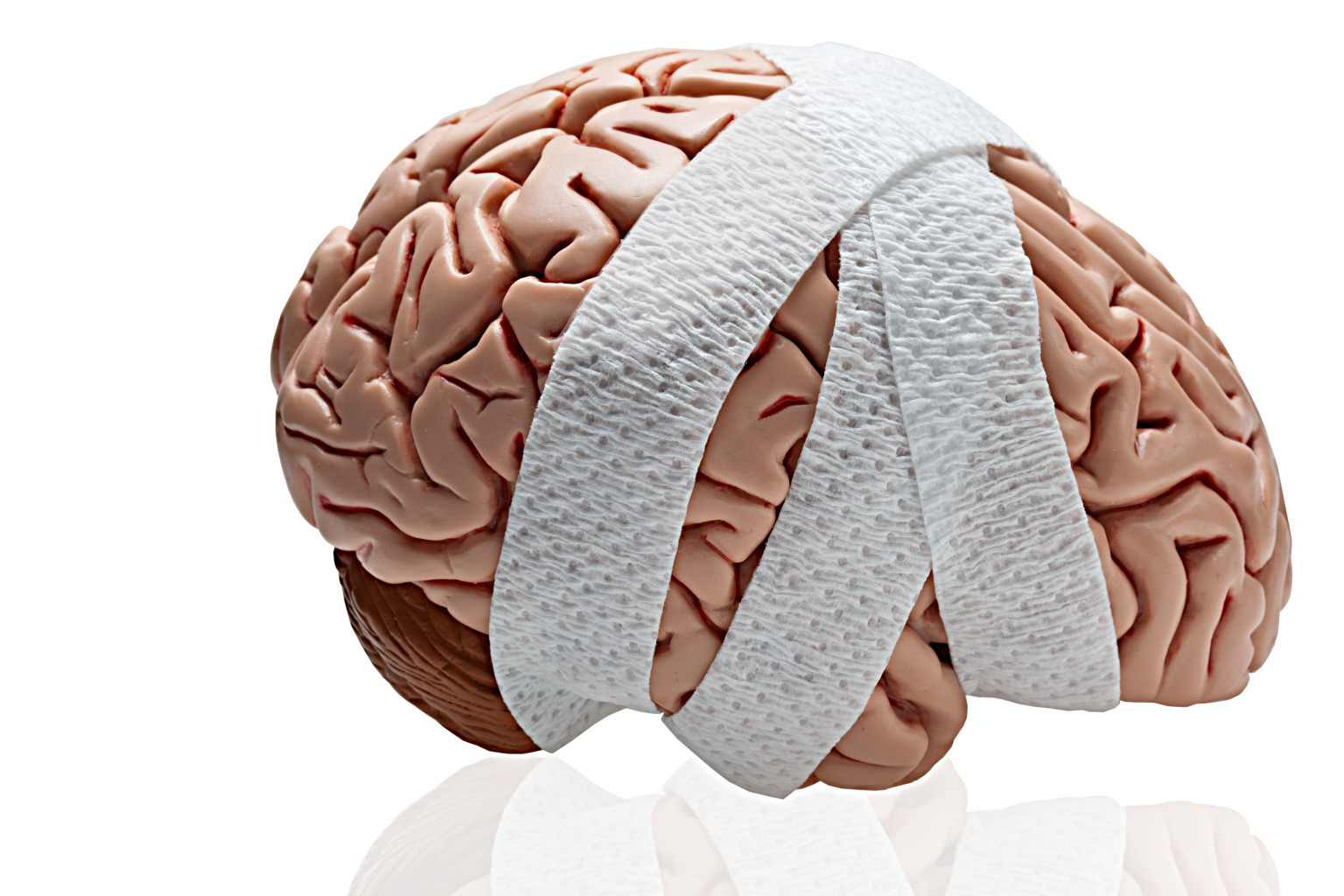

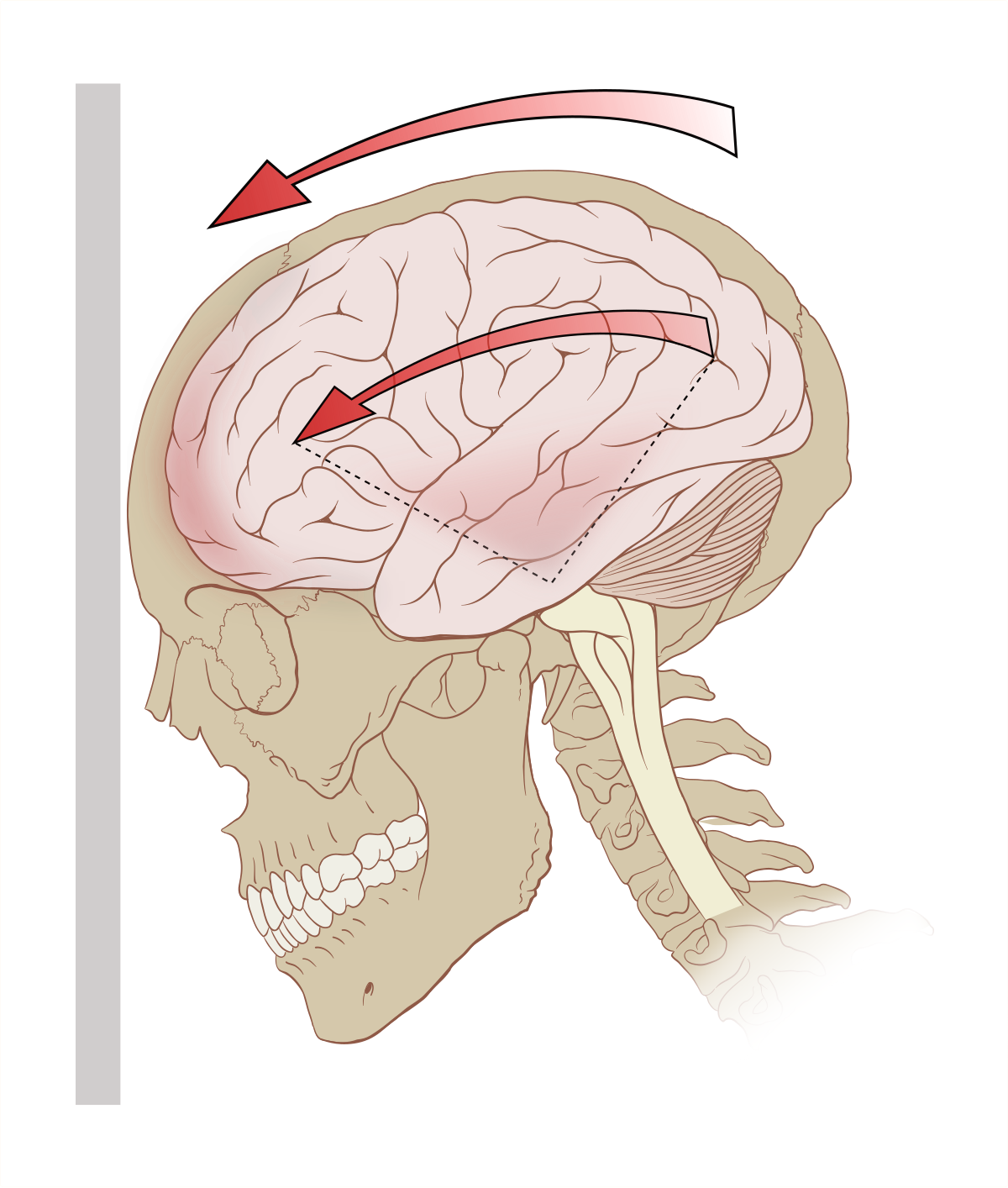
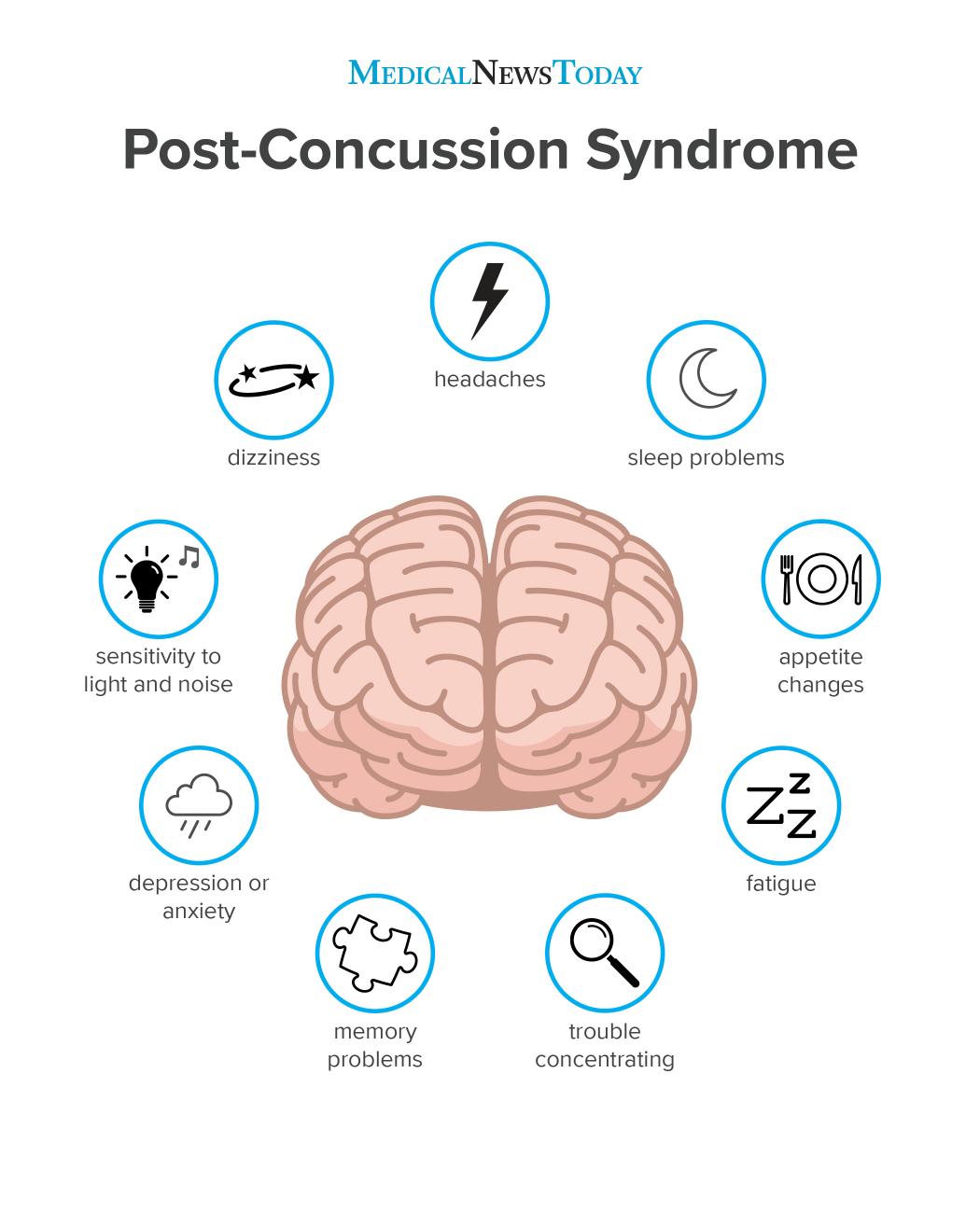



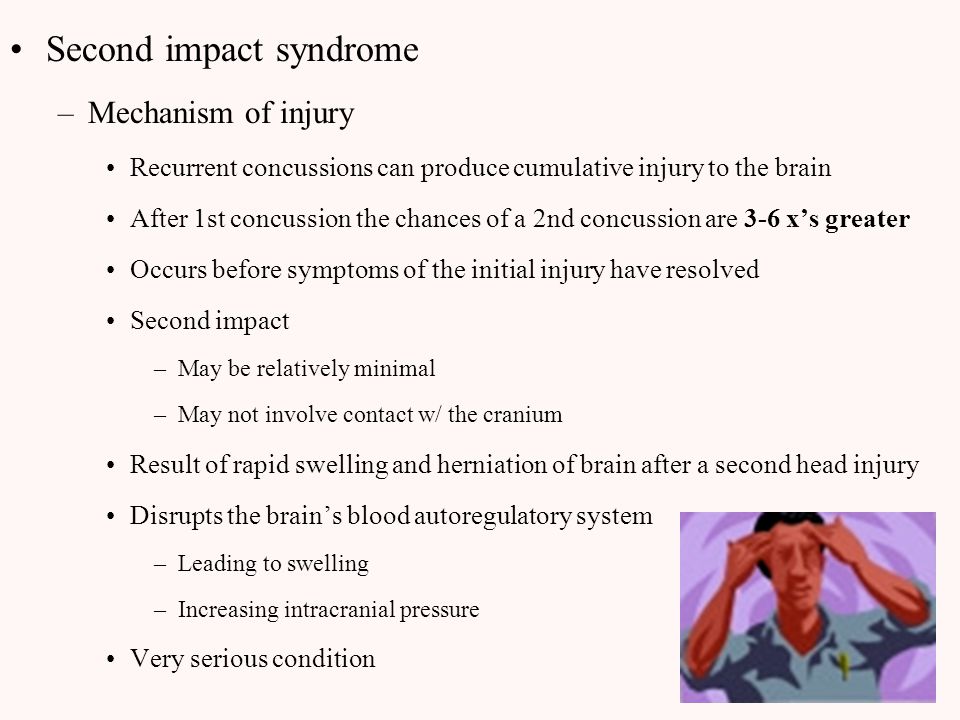

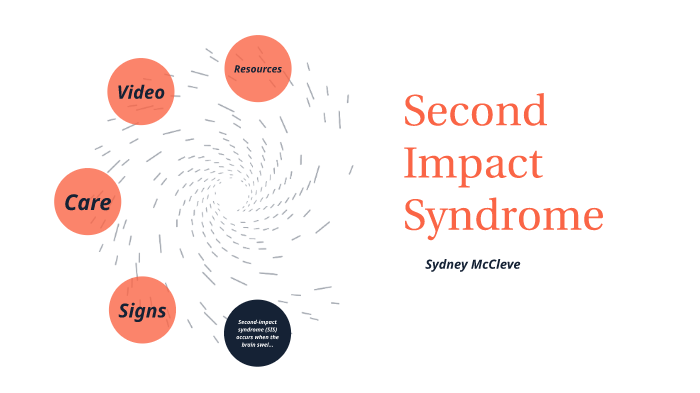
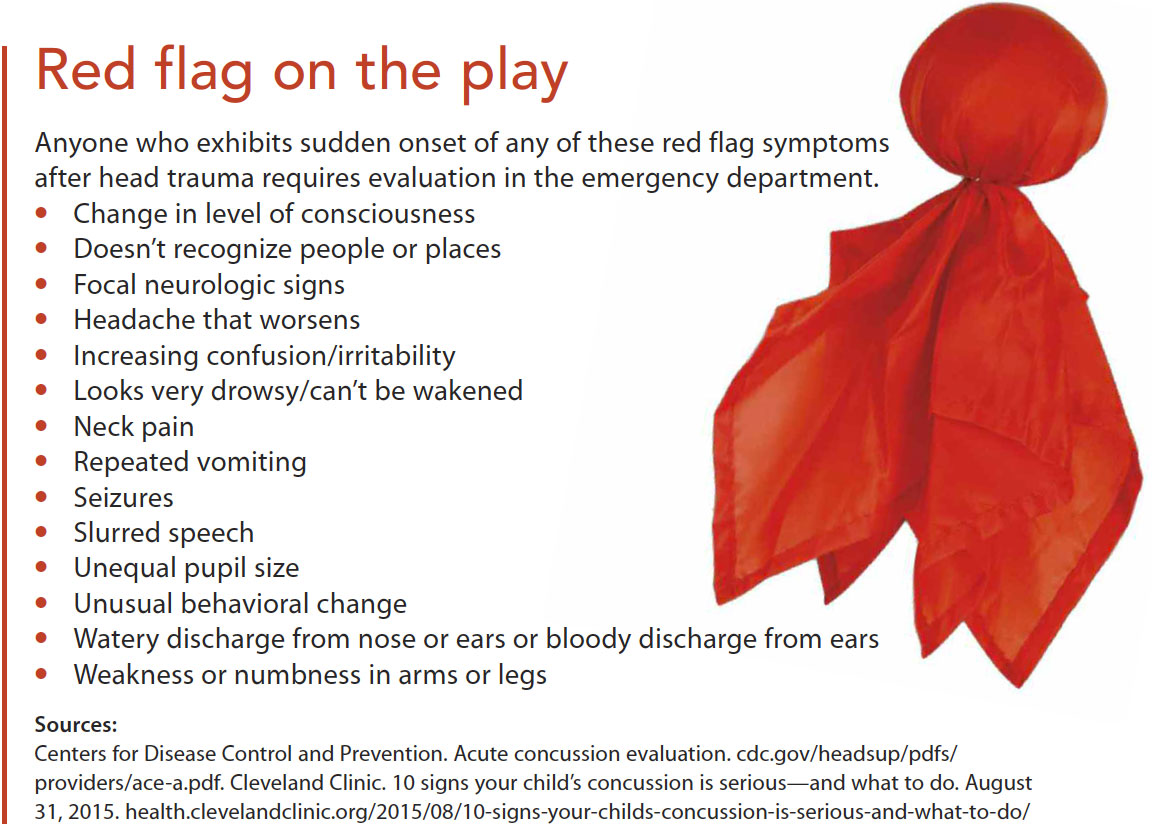
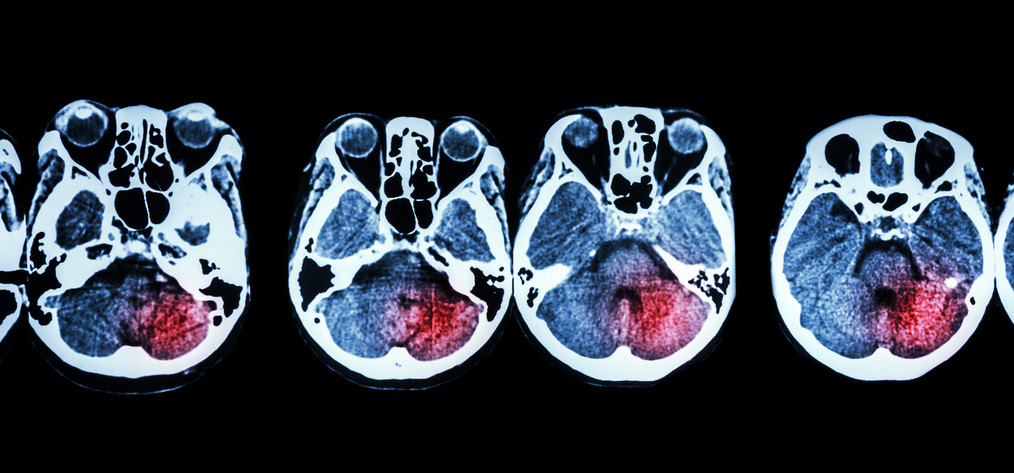
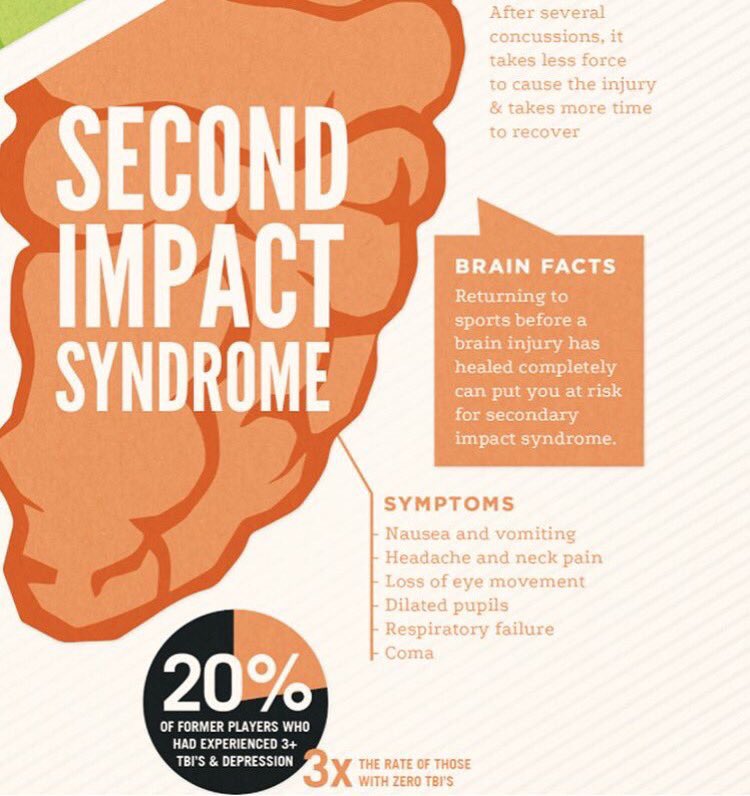
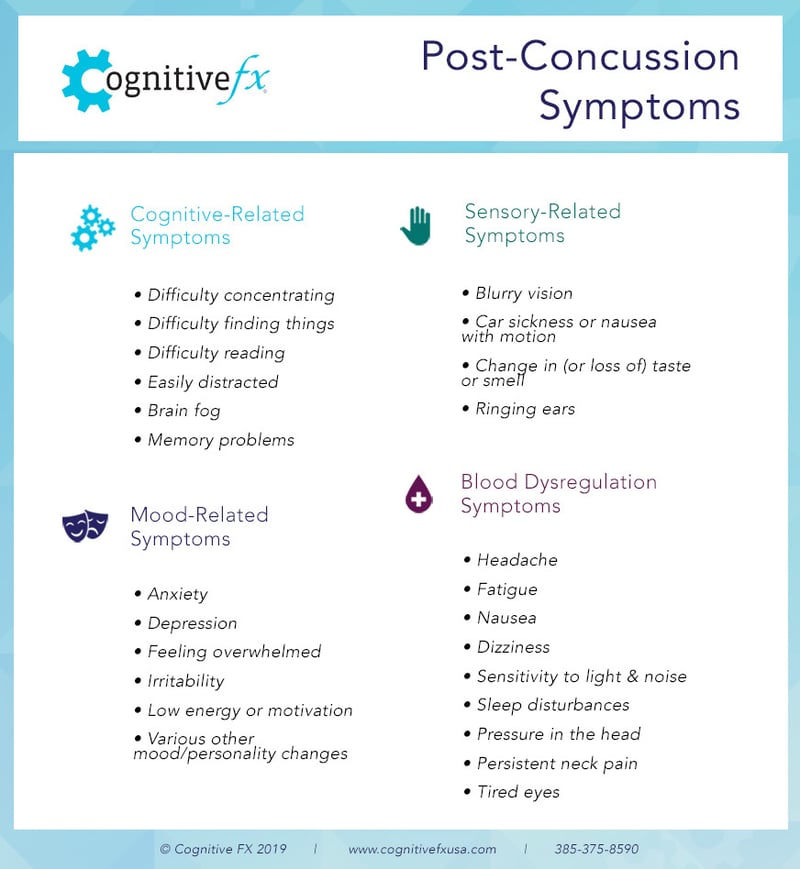

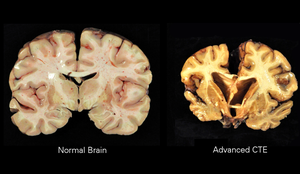



Post a Comment for "Second Impact Syndrome Treatment"